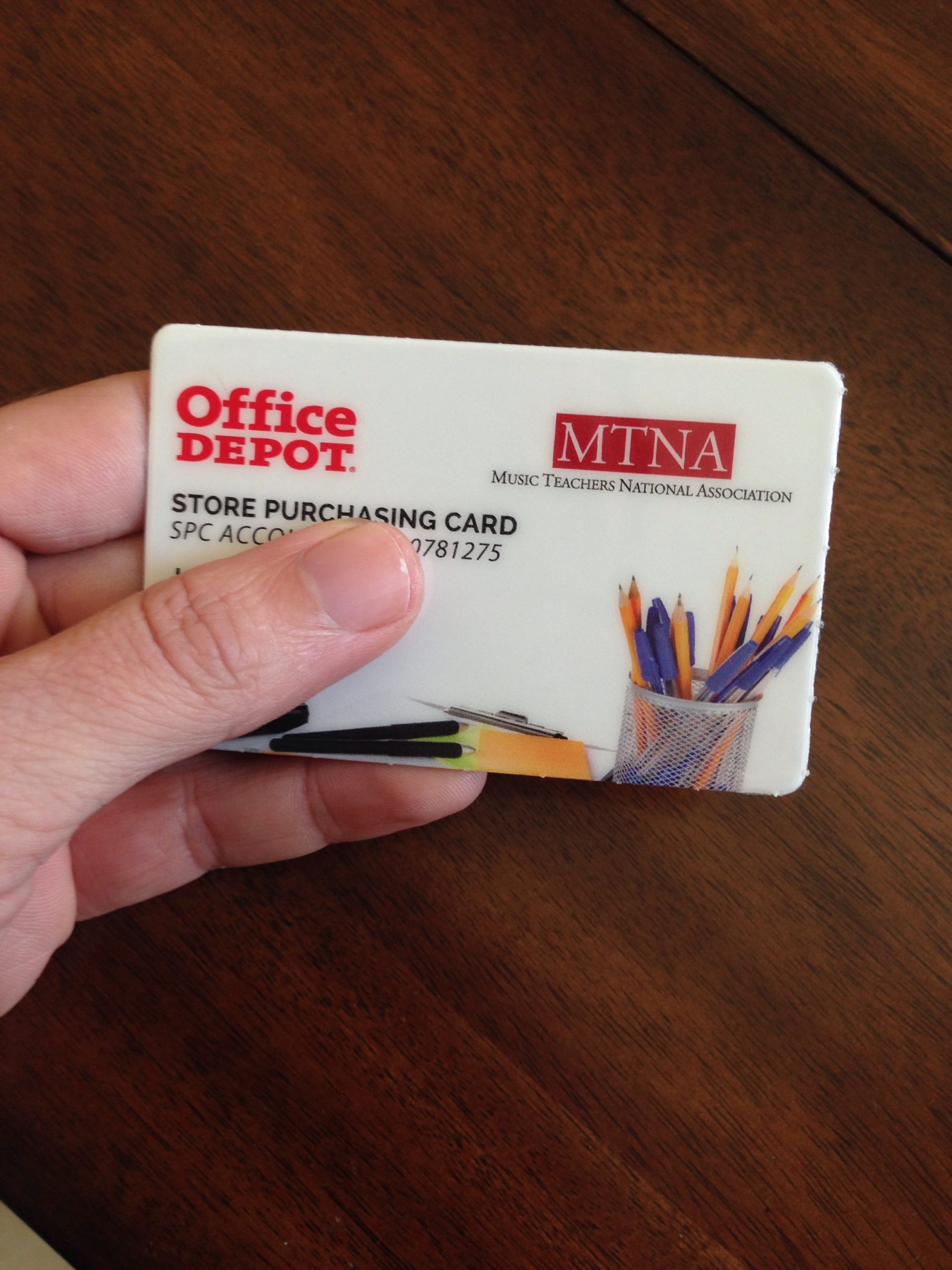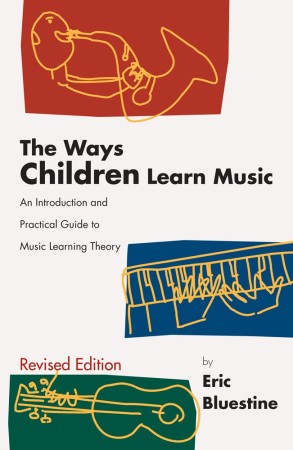
The Ways Children Learn Music is a book for music teachers written by Eric Bluestine. As the subtitle indicates, the book is intended to serve as “An introduction and practical guide to Music Learning Theory.” Music Learning Theory, or MLT, is a set of theories about music learning developed by Dr. Edwin Gordon and others (click here to read a summary of Dr. Gordon’s written speech at NCKP 2015) . MLT is a fascinating set of ideas that strives to teach music based on how the brain most organically learns music.
Edwin Gordon has authored numerous books about music education and music learning; however, his writings are admittedly not for the faint of heart. It’s pretty heavy reading, and perhaps not recommended for someone new to MLT. Eric Bluestine’s book is intended to serve as a friendly introduction to MLT for the person with a casual or new interest in MLT. It is a thought-provoking book that will benefit music teachers of all instruments.
MLT itself is not a curriculum. It is a set of theories, as stated above. MLT tries to understand how we gain musical skills and learn content most effectively. From MLT, educators can form their own learning methods and a personal curriculum and teaching style. In his book, Bluestine makes an effort to show by his own example how he has begun to form his own “curriculum” of sorts, as every educator must, based on MLT.
When I was an undergraduate music major at Hope College, Edwin Gordon visited to give a day-long workshop and a series of guest visits into our music classes. He made a huge impact on me and my fellow music majors. One particular thing I gained at the time from Edwin Gordon’s ideas is the term he coined: “audiation.” We have known about audiation for centuries, but until Gordon, no one gave it a name. Audiation refers to the phenomenon of “hearing” music (either physically or in your mind) with understanding. Musicians audiate all the time. For example, we use audiation when we play a familiar tune by ear on the piano. I think that much of music education is actually about developing and increasing our ability to audiate.
Back to Bluestine’s book. The Ways Children Learn Music will make you reconsider some of the choices music educators traditionally make. For example, Bluestine discusses the fact that there are many concepts that music education traditionally teaches backwards: for example, teaching scales and intervals before students really understand what tonality is, or teaching what quarter notes and half notes are before students really understand the natural hierarchy of macrobeats and microbeats in music.
This is the kind of book that asks many questions and provokes deep thought, but does not necessarily provide all of the answers. This book will challenge you, cause you to re-think what you understand about music education, and help you grow as a music educator!
I highly recommend this book for any music teacher’s bookshelf. Find it here on Amazon.
To learn more about Dr. Gordon and MLT, visit giml.org. To learn about the only piano method to date that has been written based on the ideas of MLT, visit Marilyn Lowe’s website: musicmovesforpiano.com. (Note: Familiarity with MLT is recommended before using her method.)
_ _ _ _ _
To read next:


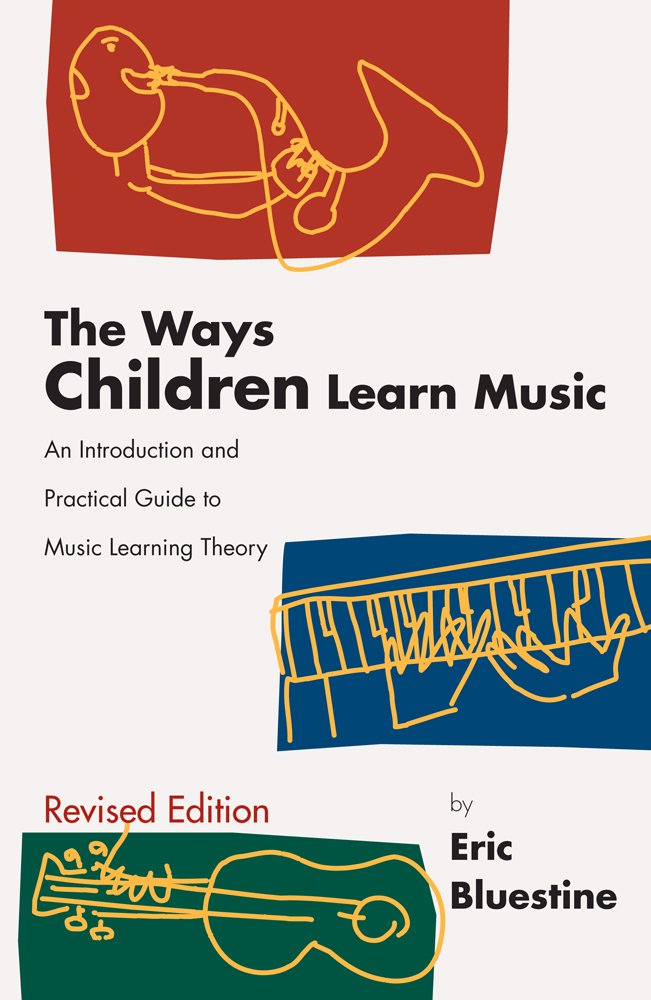
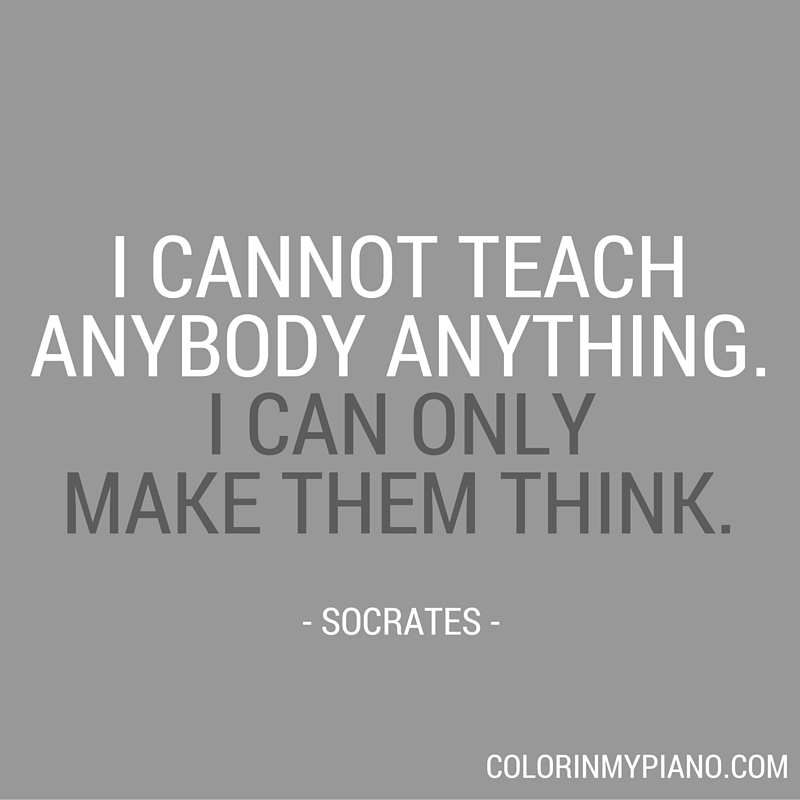
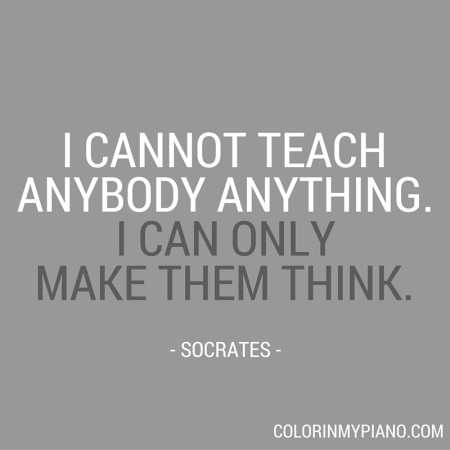

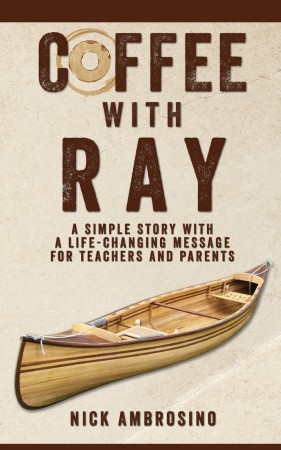 I have another review for you today! Over the last six months or so, I’ve made an conscious effort to try to read more books. I regularly read a lot of blogs and online forums, but had somehow gotten away from books. In upcoming weeks, I hope to share reviews about all of the books I’ve read recently.
I have another review for you today! Over the last six months or so, I’ve made an conscious effort to try to read more books. I regularly read a lot of blogs and online forums, but had somehow gotten away from books. In upcoming weeks, I hope to share reviews about all of the books I’ve read recently.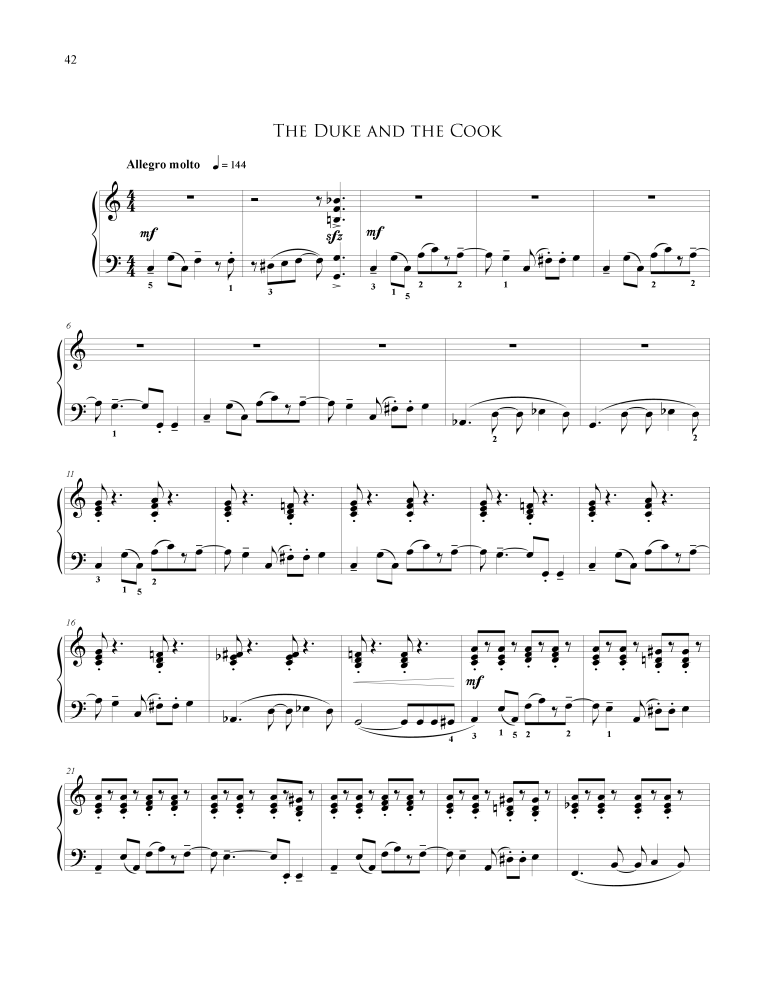
 I’m pleased to review a collection of teacher-student piano duets today called
I’m pleased to review a collection of teacher-student piano duets today called 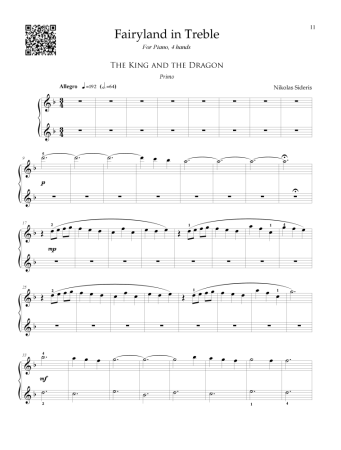
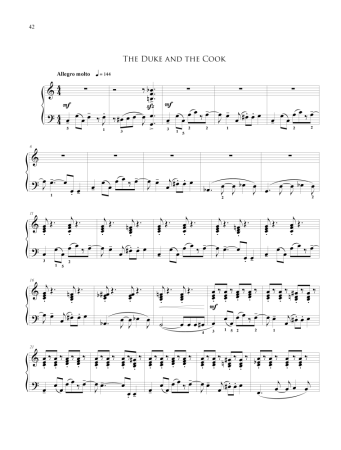
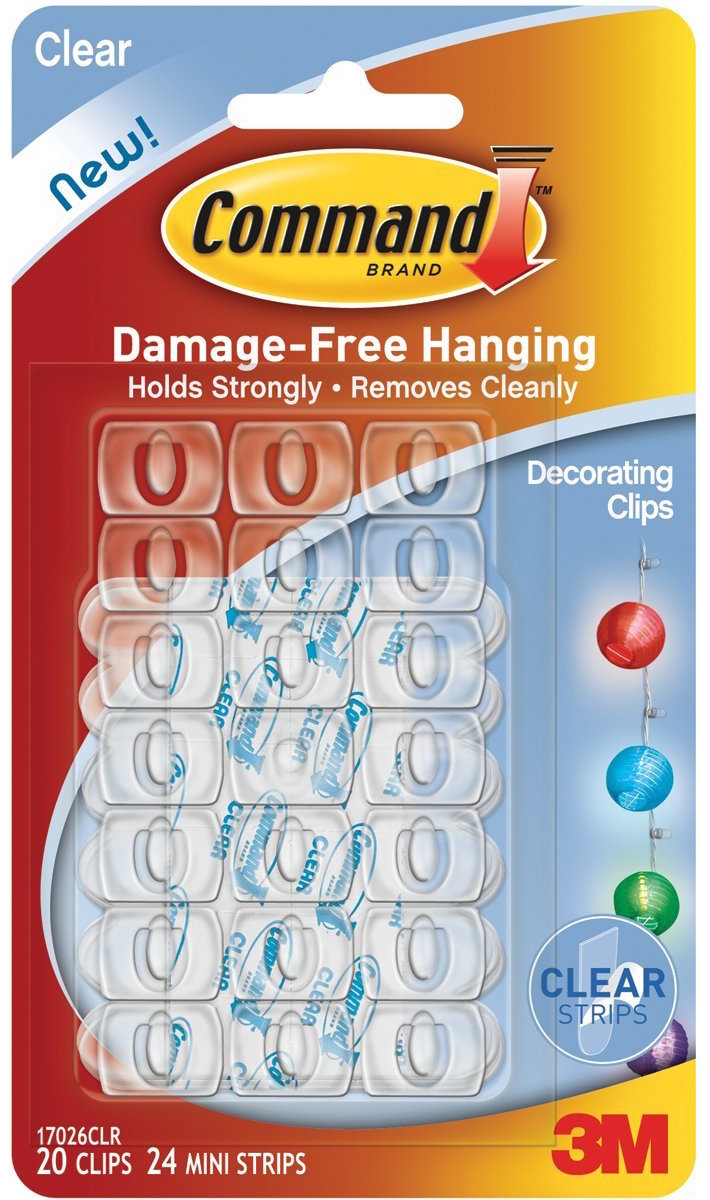
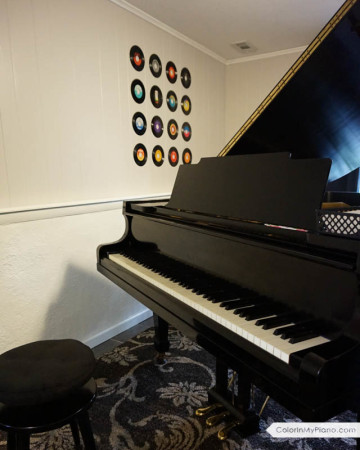
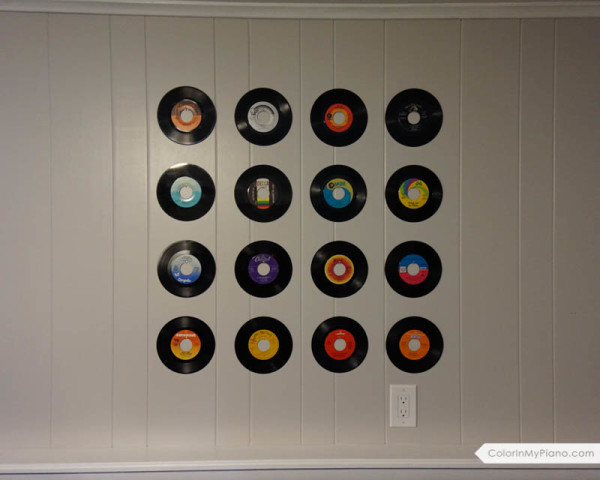
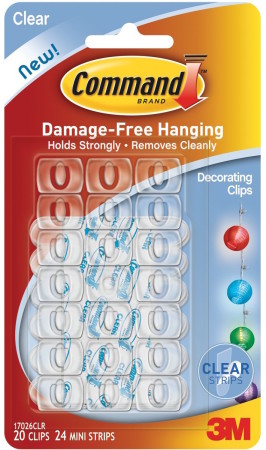
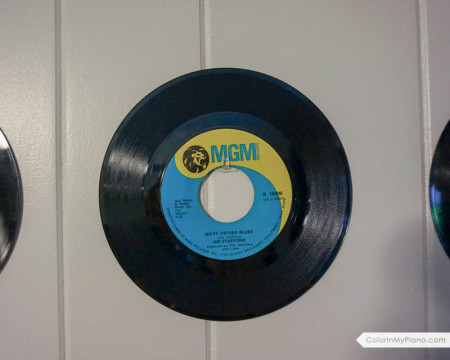
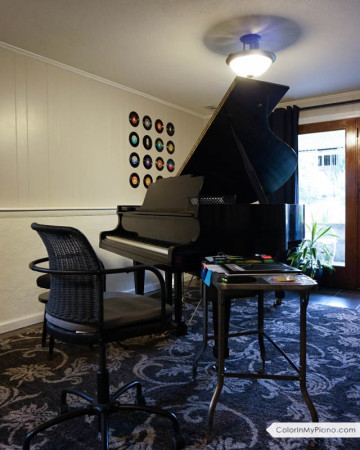



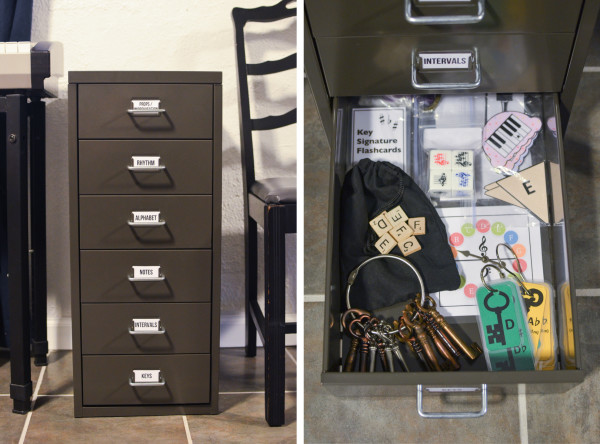




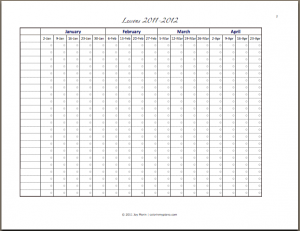
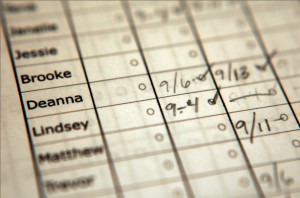
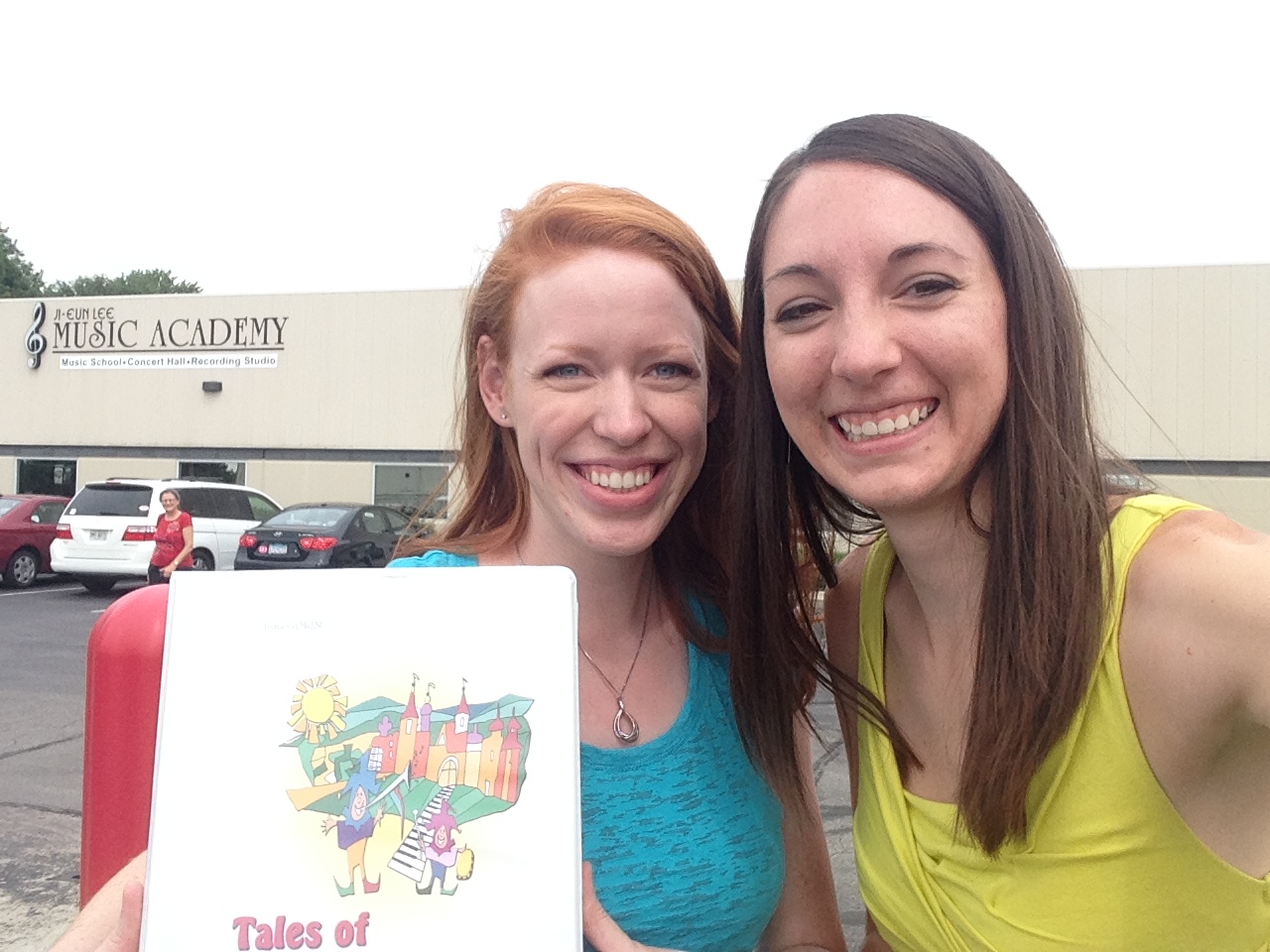
 Last week, I attended a three-day workshop given by Irina Gorin in Fishers, Indiana (outside of Indianapolis) for her self-published piano method,
Last week, I attended a three-day workshop given by Irina Gorin in Fishers, Indiana (outside of Indianapolis) for her self-published piano method, 




